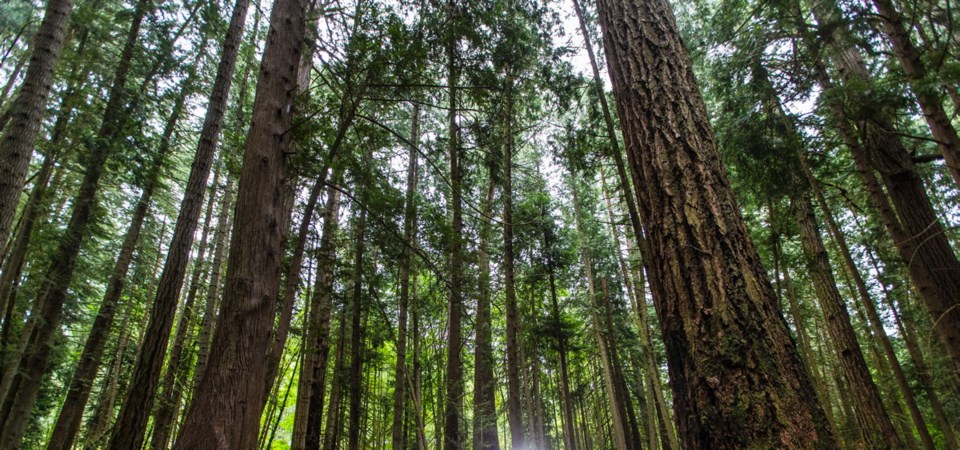Forest fires have burned more than two million hectares across the western United States this year, causing smoke to blanket parts of 91ԭ�� Island and the Lower Mainland.
For days on end in September, air quality in several B.C. cities ranked among the worst in the world, and health advisories were issued. The smoke returned in the past few days.
Global warming has clearly played a role. Hotter summers than usual have created tinder-dry forests, both in B.C. and the U.S. Those are ideal conditions for wildfires to start and spread rapidly.
But that is only part of the story. Let’s begin with what’s happening south of the border.
Before 1900, wildfires were common in the American northwest. In some years, between two million and five million hectares burned. Newspapers of that era report smoke-filled skies during much of the summer and fall.
But in 1910 that all changed. A massive wildfire swept through eastern Washington State, northern Idaho and Montana, burning 1.5 million hectares in just three days. Several towns were completely destroyed and 87 people lost their lives.
In response, firefighting became an urgent priority, and for several decades, around 97 per cent of all wildfires in states like California and Oregon were extinguished before they could do harm.
In fact, a better way to say that would be, they were extinguished before they could do good. For in their absence, a huge accumulation of dry debris and dead trees grew up.
It is this reservoir of flammable material that accounts for the massive fires in California and Oregon.
Moreover, there are now such huge quantities of unburned tinder, that it will take years to remove, supposing the effort were made.
Extinguishing wildfires also caused forests to become much denser. Photos from the 1930s show wide open areas across forest-covered regions of the 91ԭ�� Northwest, caused by previous fires.
Photos of the same terrain today reveal huge tracts of closely packed timber, as trees crowd all but the highest peaks. But again, these are perfect conditions for wildfires to burn out of control.
Certainly there are other factors. Communities have grown up in previously unpopulated regions, bringing humans into closer contact with forests.
As well, more power lines exist today than before, and fallen lines are a frequent cause of fires.
Nevertheless the fact remains, there are only two ways to clear out dead and dying trees. Forest service workers can go in and remove them, with controlled burns and mechanical thinning. That takes time and money.
It’s been estimated the costs could run to $1 billion each year for two decades in California alone.
Or our American neighbours can let nature do it for them, in the form of ever larger wildfires. Unfortunately the latter is what’s happening.
How about our own forest management? Here the news is somewhat better. We have clearly learned from the American experience.
A program of mechanical thinning is under way in areas near threatened communities. In essence, trees are removed selectively to widen gaps and prevent fires jumping from tree to tree.
Dead branches and dried out grass are also cleared away, to keep fires on the ground. Last year, 80 communities were protected by these means.
But as ever, money is an issue. It can cost up to $5,000 to thin a hectare, and B.C. has around 60 million hectares of forest.
Of course it’s neither practical or necessary to cover such an immense area. Some fires can be allowed to burn in regions where communities aren’t at risk.
But that brings us back to the matter at hand — smoke-filled skies. Despite greatly improved management practices in our own forests, the last two decades have brought some of the worst wildfire seasons on record.
The reason is clear. We’re paying now for the shortcomings of previous decades, when combustible materials were allowed to reach dangerous proportions.
If it will take California two decades to clean and thin forests a quarter the size of B.C.’s, the dimensions of the challenge become apparent.
Nevertheless, the science is not in dispute.
If we want clear skies back, it’s going to require intense forest management, both here and south of the border.
And it needs to start now. Otherwise what happened in September will be merely a foretaste of what is to come.



